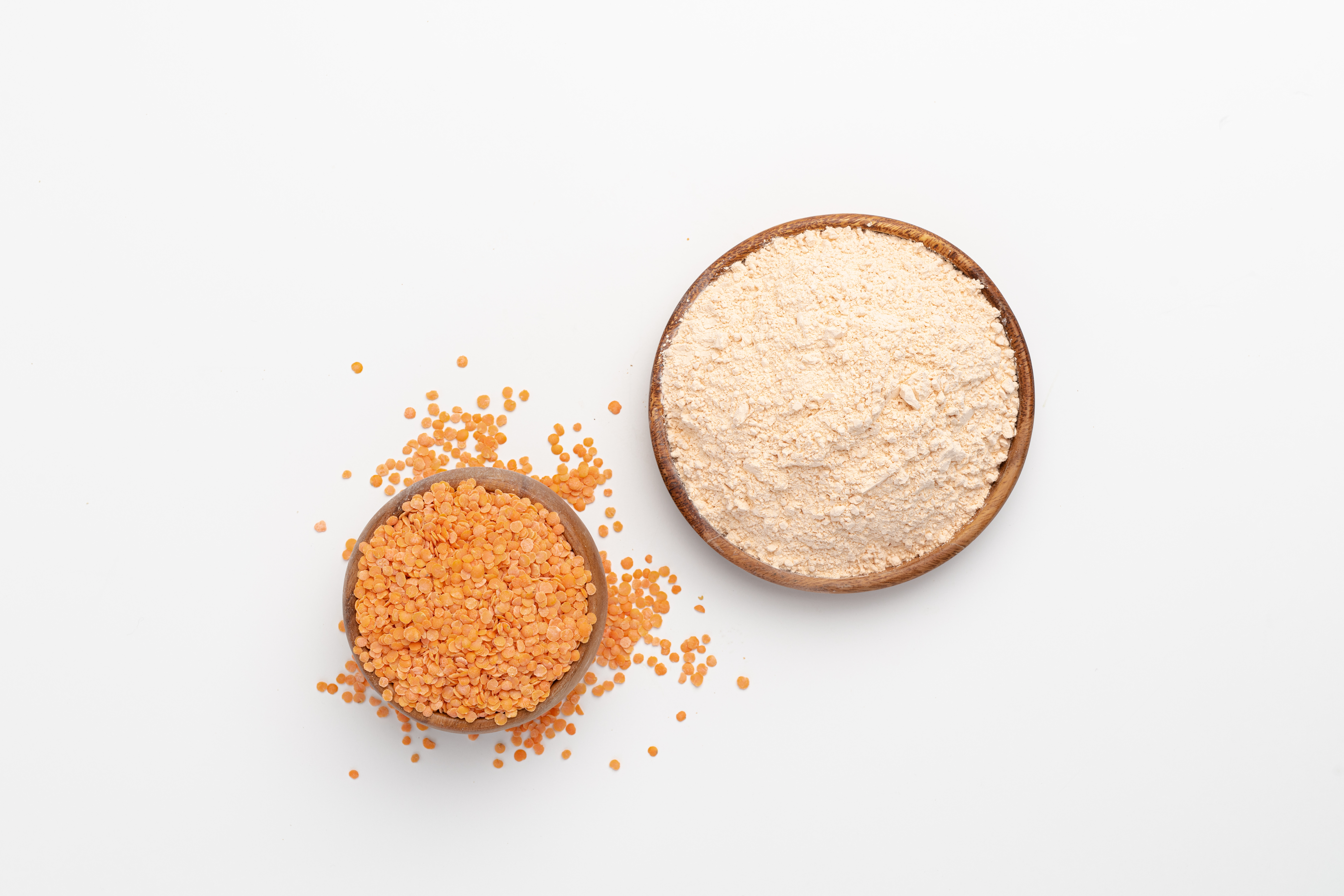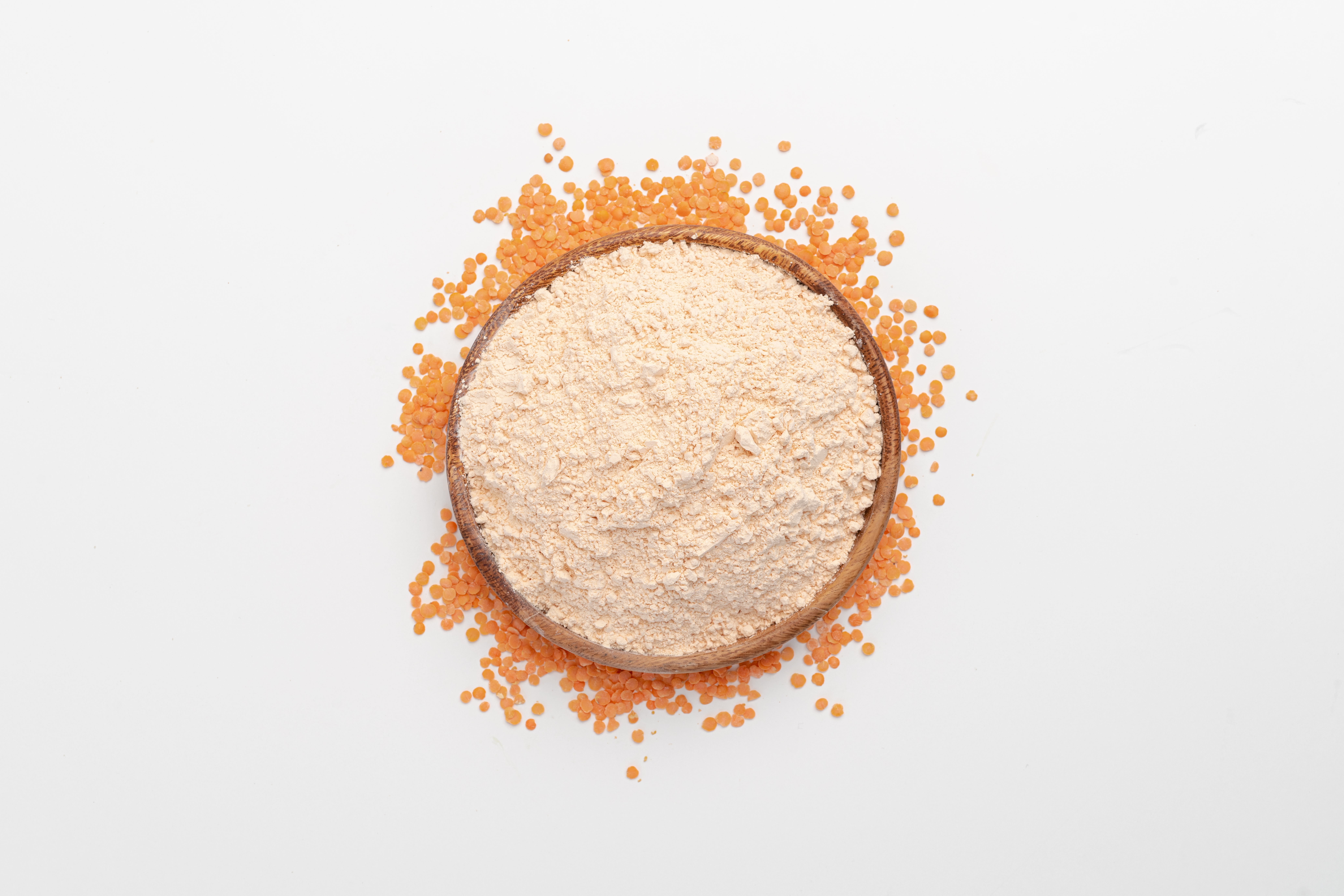The overnight success of Canadian peas being sold into China was 20 years in the making. What will the next 20 years look like?
By Lyndsey Smith
To know where you are going you have to first know where you have been. The story of a market that has grown to nearly 3 million tonnes of primarily yellow peas being exported to China in 2020 started nearly 20 years ago, when Canadian pulse industry members began the work of showing just how valuable pea starch could be to the vermicelli noodle market.
The high quality yellow pea starch could replace the more expensive mung bean starch that had been traditionally used in noodle making, but it was a learning curve. What is more, counter to what most North American markets grappled with, noodle makers did not initially take full advantage of the high protein by-product of the starch extraction process, and sell it into the food and feed value streams.
The potential was evident. With strong collaboration across the Canadian pulse and canola industries, a decreased import tariff, and a focused, in-person effort with members of China’s feed industry, use of pea protein in livestock feed began to gain acceptance. Combined with starch demand, imports of Canadian peas into China began to steadily build.
Growth was slow at first, beginning with only about 60,000 tonnes exported in 2004, but as the relationship grew and the Canadian and Chinese industries began to work together, imports by China jumped to 250,000 tonnes in 2005.
Food and Feed
As Carl Potts, Executive Director of Saskatchewan Pulse Growers explains, while the total demand for peas has grown year-over-year, the demand is very much for the raw commodity.
“China has spent the last 10 years investing in processing capacity,” says Potts. “That is why we are seeing a large amount of raw product going there.” Peas are processed for the starch in China, and the protein is actually exported, at times.
While recent Canadian diplomatic and trade relations with China have been strained, when it comes to peas, China has been a consistent and reliable buyer of the commodity for years.
“In India, we have seen a very in-and-out approach,” Potts says referring to export numbers. There have been and are tariffs and trade barriers on exports to India, and so while India is still an important market for Canadian pulses, China is now importing more peas than India ever has.
“There is a very strong relationship between Canadian exporters and industry associations that has been built over time, and that is bearing fruit,” he says.
Looking Ahead
There is, of course, inherent risk in having such a huge percentage of a product going to one destination. That said, there is plenty of opportunity to maintain the Chinese market share and continue to grow the market overall, and that is a good news story.
With 75% of pea exports going to one market, Potts says the pulse industry recognizes the importance of diversifying exports not just into different markets, but what products are on offer, as well.
“We are very focused on building new demand for 25% of domestic production by 2025. That is not about pulling away from China, but about concentrating on other markets to build diversity in where the crops are exported and for what end-use purpose,” he says.
As Greg Cherewyk, President of Pulse Canada explains, while China remains a priority, the pulse industry strategy is about working on delivering new products that the food and feed markets are looking for.
Looking ahead, the largest opportunity right now is in ingredient demand, and at least some of that demand is here in North America and in Europe. There is increasing potential for pulse fractions, such as protein products, starch, and fibre. The pulse industry is also focused on processing at least 50% of these components in Canada, which adds value. It also moves the market from being so heavily reliant on the strained west coast logistics corridor.
Pulses are a highly nutritious food and food ingredient, and Canadian farmers have a good news story to tell regarding the sustainability of how pulses are grown here. These two factors offer a significant competitive advantage for Canadian pulse ingredients in many markets.
Cherewyk stresses that the biggest opportunity really is in end-use products — not the destination country. “Our focus is where the biggest opportunity is from an end-use perspective. We focus on food products, end uses, and application of pulses and pulse ingredients.”
From there, the pulse industry works to identify companies active in those areas and works with them to identify gaps and knowledge to increasing inclusion rates of pulse products, he says. This strategy is what the industry will use to move towards its 25 by 2025 goal, and beyond.
Published January 2021



